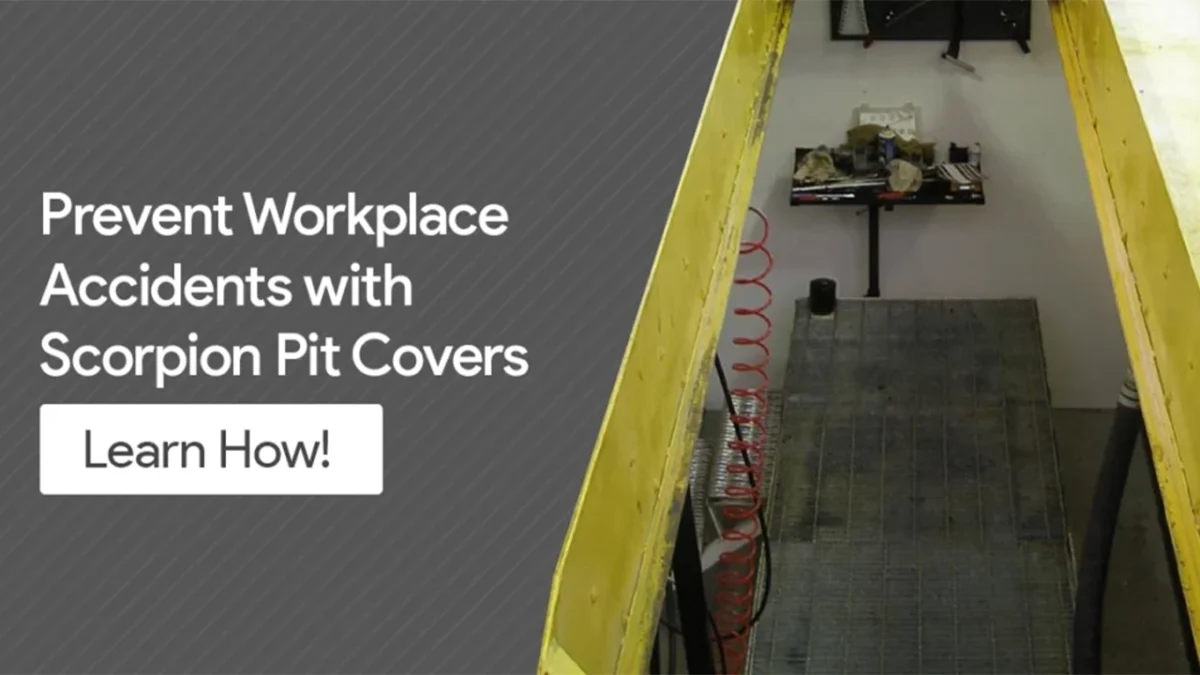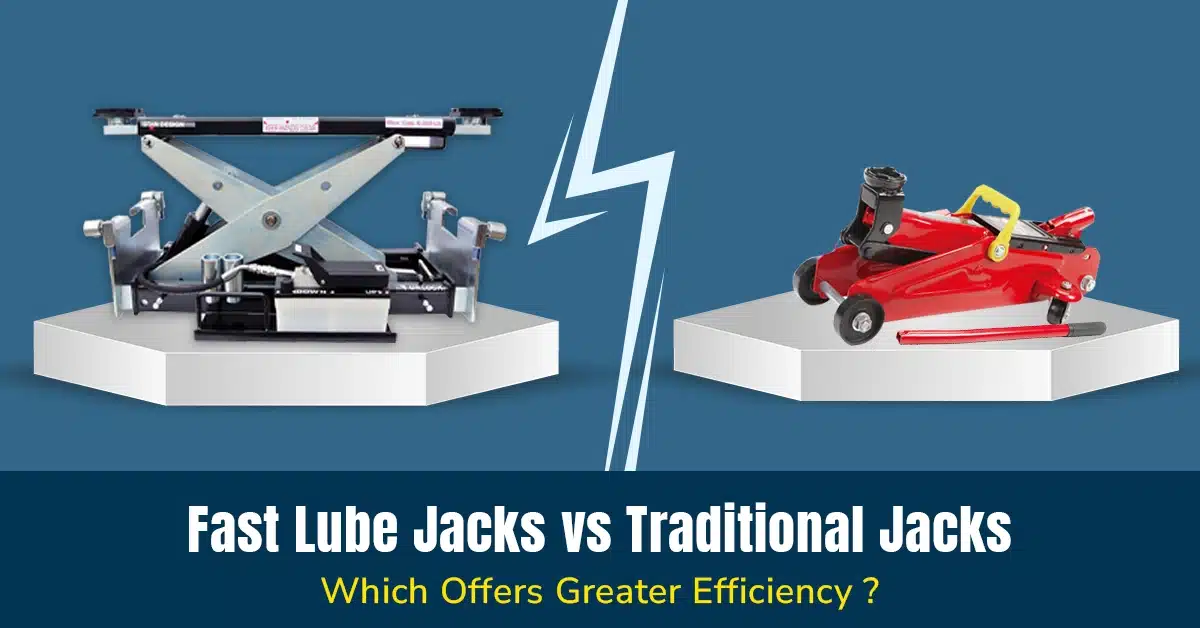The story is not new. In fact, it has been run time and again while promoting pit cover accident prevention strategies and highlighting the risks uncovered pits pose to personnel and property in automotive workshops.
During routine maintenance at a truck service center, a worker tripped and fell into an uncovered service pit, leading to severe bodily injuries and not to mention a temporary halt in operations.
At commercial garages, pit safety solutions are a less-than-common sight. And the ones that exist are less than effective. Below we will cover some of the main risks of uncovered pits.
Top 5 Uncovered Pit Risks
- Falling Risk – The numerous risk posed by uncovered pits is the obvious danger of falling into it. Especially, if their exterior outlines are not marked with a colored line as a warning sign, even though the efficacy of just a colored line alone for preventing such mishaps is debatable. The grave health hazard this sets for the personnel handling it daily is massive.
- Explosion Risk – Another risk of uncovered pits is the risk of explosion or fire and fumes. This usually happens when unusual chemicals are introduced in any manner (just forgotten and mixed up, even!) and arranged within the physical proximity of electrical wires or damp environments, which are often found in service pits. Even faulty machinery or equipment in automotive workshops and service pits can set off fire.
- Ventilation Risk – The point made above is both a cause as well as effect of the risk of ventilation. Poor ventilation or even the lack of one in service pits can lead to major risks to the overall health of the environment of the commercial garage within which it is located, even if it is uncovered.
- Drainage Risk – This brings us to the point of drainage risks. Draining any kind of fuel near service pits unauthorized for such work is highly risky. Besides, uncovered and poorly ventilated pits release the hazardous atmosphere developed by fuel vapors within them into the open, harming both personnel and customers, not to mention the reputation of the establishment.
Top 5 Safety Features in Pit Covers to Look For:
- Panels – When looking for inspection service pit covers for your commercial garage or automotive workshop, you should pay special attention to their panels, that would not only that enhance safety but also the efficiency in an automotive service environment. Typically, depending on whether the cover is made of concrete, wood, plastic or some other material, you should check the pit liner to ensure durability and protection.
- Design – An important yet often overlooked safety feature in pit covers is their design. Do they accommodate space for safety rails to extend along the length of the pit, painted safety yellow, to guide vehicles, if the service pit does not already have it outline on its exterior? Is the texture of the pit cover composed of non-skid material for safety? These are yardsticks to judge a pit cover design by.
- Capacity – The tolerance of the pit cover as well as the track surface, if at all it provides a track system feature at all, should be commensurate with its weight lifting capacity for top notch security.
- Convenience – Most modern service pits come with the convenience of modern technology. Small storage units like a cup holder for the technician using the pit momentarily, or perhaps an installed intercom system for seamless communication between upper and lower units, or quick access toolbox holders – your modern pit cover should come with these facilities if you so wish for. However, it is on you to check whether they are inherently safe to use.
- Compatibility – Finally, the biggest safety feature in pit covers to look out for is their compatibility with your existing service pit systems like those provided by Devon and Uni-lube. Stan Design Inc. is one such company that has emerged as an industry leader in North America because of its design and manufacturing of pits that are universally compatible with the leading pit system brands.
Pit Safety Solutions – Scorpion Pit Covers
The incident discussed in the beginning of the blog underscores the critical need for secure pit cover installation and pit safety solutions to prevent workplace accidents and ensure worker safety.
Properly secured and durable pit covers are essential to minimize uncovered pit risks in service pit areas. The safety systems can be as simple as a fishing net strung across the opening.
At Stan Design Inc., we examined all these systems and decided there was room for improvement. So, we bring to you Stan Design Inc.’s Scorpion Pit Cover PLC1000, important to avoid harm to vehicles as well workers.
Apart from dropping right in to fit in like a glove and providing your existing pit facility with the safety and security it needs, the Scorpion Pit Cover PLC1000 offers extreme strength and resistance to all types of chemicals.
Made from a proprietary plastic composite material, the fruit of labour of innovation, design and development genius of over two decades, Stan Design Inc.’s revolutionary new system has segments 2ft long and as wide as your pit.
These segments are very light- only 12 lb./ panel- and slide onto one another with just a push, with each panel holding over 1,000 lb., hiding all the meanness of the oily mess below, giving your workshop a tidy and hygienic look.
Give your customers the professionality they expect, while upgrading from unreliable pit safety systems and increasing your productivity.


